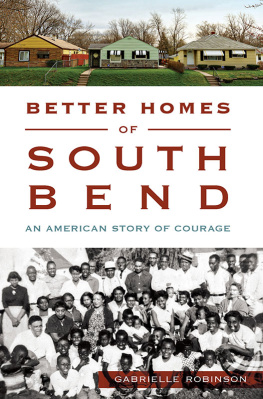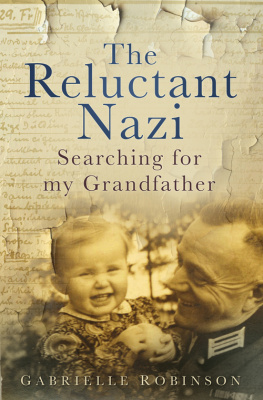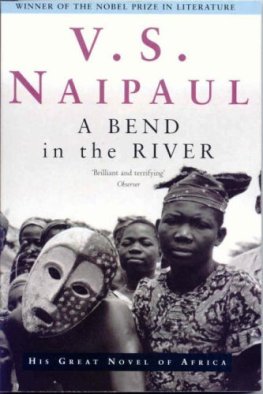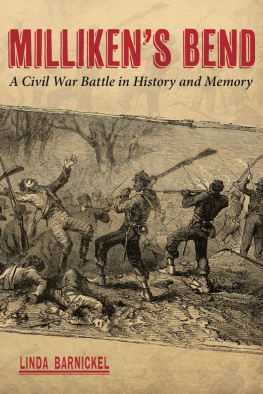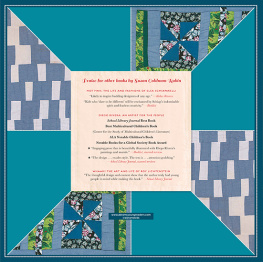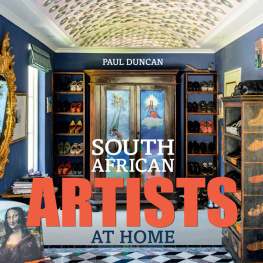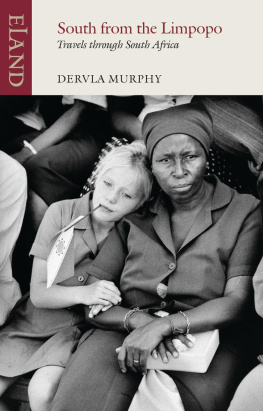

Published by The History Press
Charleston, SC 29403
www.historypress.net
Copyright 2015 by Gabrielle Robinson
All rights reserved
First published 2015
e-book edition 2015
ISBN 978.1.62585.599.2
Library of Congress Control Number: 2015943174
print edition ISBN 978.1.46711.865.1
Notice: The information in this book is true and complete to the best of our knowledge. It is offered without guarantee on the part of the author or The History Press. The author and The History Press disclaim all liability in connection with the use of this book.
All rights reserved. No part of this book may be reproduced or transmitted in any form whatsoever without prior written permission from the publisher except in the case of brief quotations embodied in critical articles and reviews.
Dedicated to the courage, perseverance and intelligent cooperation of Better Homes of South Bend, creator of a thriving community
CONTENTS
ACKNOWLEDGEMENTS
The story of how Better Homes fared in a harsh environment of discrimination and exclusion is brought to life through the recollections of contemporaries and their children, as well as through pictures, archives and the detailed minutes the group kept of its every meeting. I am grateful to retired teacher and social activist Linda Wolfson for having introduced me to Leroy Cobb, the last surviving active member of the group. Throughout, I rely on his vivid and sharp memory of the Better Homes years, which were transformative for the young man and had a lasting impact on his life. Leroy Cobb also provided a copy of the Better Homes minutes, dug up pictures and arranged meetings with the next generation. He never tired of answering my many questions about Better Homes, its members and South Bend in the 1950s. But his influence went even further. I always looked forward to our conversations for his insights and his invariably positive, life-affirming attitude. His intelligent and tolerant assessments of every situation taught me something beyond the scope of this book.
Nola Allen, a lawyer and professor, provided a perspective not otherwise available. She is the daughter of Lureatha Allen, who was to become president of the organization. Through her, I found out about the help Attorney Nathan Levy provided. She also gave me much-needed information on her parents and the defense housing in which they lived, sent pictures and was an always helpful and friendly presence on the phone.
For fleshing out South Bends African American history, I was fortunate to have found as a guide John Charles Bryant, who made his vast knowledge and network available to me. He helped with important connections, such as finding Nola Allen. He took me on extended trips through African American neighborhoods. I turned to him whenever I had a question about a person, an event, a building or anything to do with South Bends African American history. Bryant has a wealth of historical stories, and I only regret that I could not incorporate all of them. He is a descendant of the influential Powells, one of the first African American families to come to South Bend. His friendship is one of the benefits of writing this book.
Many other leading African Americans of South Bend contributed their personal experiences and perspectives. Dr. Vagner was a lively source of the history of the times, in particular his own problems with purchasing a house. Even though the book is done, I look forward to many more conversations with him. Gladys Muhammad, director of the Colfax Campus of the South Bend Heritage Foundation, helped me with stories about growing up in LaSalle Park and her fathers work at Studebaker. She also provided a folder full of documents about her fightforty years after Better Homesto induce banks to give loans to poorer African Americans. Thomas Broden, professor emeritus at the University of Notre Dame, filled me in on his years of struggle for fair housing in South Bend. Charlotte Pfeifer, Second District councilwoman for twelve years, provided insights into both the history of that area and its current needs. Regina Williams Preston shared with me the minutes of the Far Northwest Neighborhood Association and her own document Yesterdays LessonsTodays Challenges, which provides a close-up view of what is happening in South Bends African American neighborhoods. Gail Brodie, president of the LaSalle Park Neighborhood Association, updated me on conditions in her area. Thelma Williams; the late Amanda Carothers, who was the first president of the Far Northwest Neighborhood Association; and Marguerite Taylor all helped me get a clearer picture. Dr. Irving Allen, son of Attorney J. Chester Allen, has given me information about his parents, who both were actively engaged in fighting for social justice.
A very special thank-you is due to the children of the Better Homes generation. They have provided stories about growing up on North Elmer Street as well as personal photographs. Every one of them has contributed to this story, but I want to thank in particular two of Leroy Cobbs daughters, Vicki Belcher and Beverly Reynolds; Brenda Wright; Keith Bingham; Kathy Bingham; Michael Jackson; Frank Anderson; and Rosie Warfield, who passed away in 2015. They all went out of their way to help me with information.
Then there were all the wonderful people at local archives who provided so much information and tracked down materials. The Local & Family History department of the St. Joseph County Public Library was an invaluable resource. I am particularly grateful to its manager, Joseph Siposz, and to library assistant Greta Fisher. They helped with information on housing and the history of LaSalle Park, and they provided pictures and maps. I still feel apologetic for taking so very much of their time. Alison Stankrauff, archivist, Franklin D. Schurz Library, Indiana University South Bend, prepared boxes of materials for my inspection and helped me track down images. Kristen Madden, archivist at the History Museum, also found important records for my work. Elicia Feasel at Historic Preservation took much care in copying deeds for the North Elmer Street homes. Andrew Beckman, archivist at the Studebaker National Museum, went out of his way to track down specific images of the foundry. George Garner of the Studebaker Museum and the Civil Rights Heritage Center shared his insights from his experience as archivist and event planner. All of them not only helped out a lot but also did so cheerfully, despite pressure on their own schedules.
Officers of the city of South Bend educated me on what was going on in the city during the time period. I am particularly grateful to Stephen Luecke, mayor of South Bend for sixteen years, for taking the time to talk to me about the problems of city revitalization. Gary Gilot, the former director of Public Works, helped me to understand the delays Better Homes encountered in its dealings with the city. Cherri Peate, director of Community Outreach, provided information on current conditions.
Photographer Peter Ringenberg spent much time with me to do a tour of South Bend, where he took all the photographs of current South Bend sites as well as the author photograph. His enthusiasm and expertise made it all fun. Another photographer, Kay Westhues, alerted me to the Via Crucis procession on LaSalle Park hill, and I include her striking image. When it came to reproducing images, Genes Camera Store was my resource. All of them there, but especially Laura Sales, were indefatigable in helping me out. Special thanks go also to Michael Ivancsics, whose expertise rescued images I could not otherwise have used.
Next page
